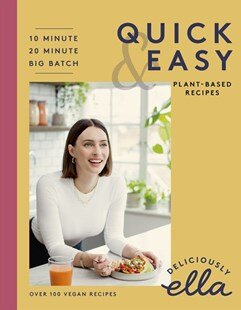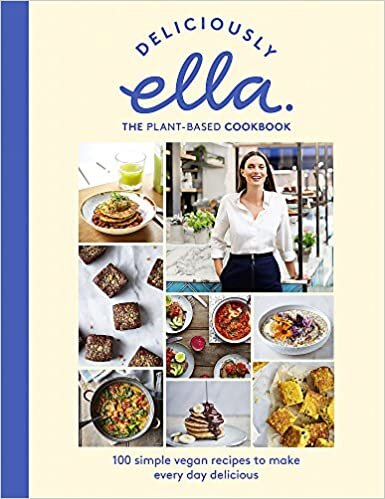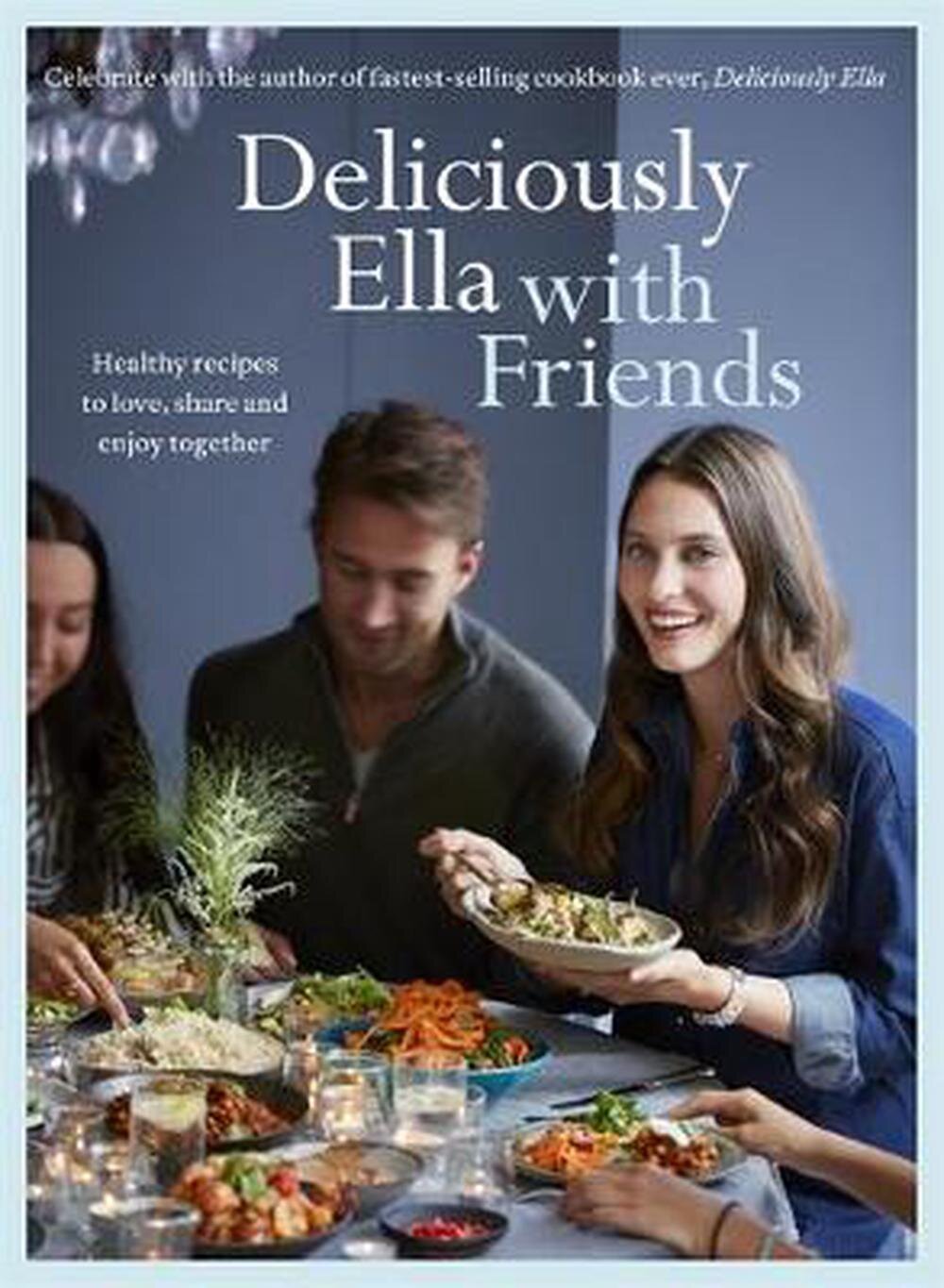This soup has a lot of happy memories.
I used to make it a lot when Tom and I were newlyweds, in our tiny basement flat in Pimlico, when the air was freezing, autumn leaves were raked up in proud piles in the streets, it got dark at 3:30pm and parsnips were plentiful. A £1 bag of them would make a vat of this soup and on dark late autumn and winter nights, we would cosy up on our dilapidated old couch and watch movies, pressing pause so we could return to the kitchen for another ladle. I discovered this soup thanks to Shaheen’s Allotment2Kitchen blog all those years ago but I, in true Phil style, made it my own by adding coconut cream and garam masala. Since moving back to Australia, I’ve adapted it further.
We used to make the soup with wild rice, which I never had a problem finding in supermarkets in the UK, but it doesn’t seem to be a thing here. However, black rice is available and it makes a lovely contrast with the fluoro yellow of the soup. You can just use brown rice if that’s all you can find, but black rice does seem to be widely available in Oz and I think it adds interest, contrast and extra health benefits, as well as being super filling!
Parsnips are a sweet root vegetable so the earthy notes of curry powder and turmeric are a perfect partner. You’ll note I’ve refrained from adding heat here – most unusual – but the natural sweetness of the parsnips combined with the spices and rice are so well balanced I feel that adding another flavour component would throw the whole thing off. But I am, as always, willing to be proven wrong.
Until the other night, I hadn’t made this soup for a very, very long time. I don’t see parsnips available in the shops here very often – another reason I’d like to grow them myself when we eventually have a home with space for a bigger vegetable patch – so it hadn’t been on my radar for a while. But then I saw some proud specimens in the grocers after work one night, and not at an exorbitant price (I do miss being able to buy a kilo of them for £1!), so I grabbed them, with the sudden thought that it might be nice to wander down memory lane and try this soup again.
Such a lot has happened these past ten-and-a-half years, but one spoonful of this warming, comforting soup last night and we were right back there in that little flat, with everything that hadn’t happened yet still to come.
creamy curried parsnip soup with black rice
1 ½ cups black rice (or wild rice, if you can find it. Brown will also do)
Olive oil
2 medium or 1 large brown onion, chopped
1 large garlic clove, crushed or finely chopped
4 large parsnips (approximately 1 kilogram), peeled and chopped
1 teaspoon turmeric
1 teaspoon garam masala
2 tablespoons curry powder (I use medium)
1 x 400ml can coconut cream
3 teaspoons vegetable or “chicken style” stock powder (I use Massel chicken style)
Enough boiling water to cover
Place the black rice in a saucepan, add 2 cups water, cover and place on a high heat until it comes to the boil. Reduce to a simmer for approximately 30 minutes until the water is absorbed and the rice is tender. Turn off heat, place a tea towel over the top and replace the lid (I always do this with rice, it absorbs any extra moisture and makes it fluffy) to keep warm. Set aside.
While the rice is cooking, make the soup.
Put the kettle on to boil. Get a large stockpot out and drizzle a little olive oil on the base, then place on a low heat to heat up. Add the onion and garlic and fry for a few minutes until starting to soften. Add the parsnips, turmeric, garam masala and curry powder and cook for a couple of minutes, until fragrant but not turning brown. You can add water if it’s starting to stick.
Add the tin of coconut cream and stir to combine. I usually swirl out the can with boiling water and add that too, but be careful – boiling water makes cans very hot to touch! You can make up your stock separately in a jug with boiling water from the kettle but I usually don’t bother (don’t want the extra washing up!) – I add the stock powder to the mixture in the pot and then top up with the boiling water so everything is covered and the stock powder has dissolved.
Either way, everything should now be in the stockpot (except for the rice) so stir well and bring the whole lot to the boil. Turn the heat down once it reaches boiling point, and simmer on a low heat for around 35 minutes, or until the parsnips are tender. My test is to see if they fall apart when pressed with the wooden spoon.
Puree the soup, either with a handheld blender (easiest, as you don’t really have to wait for it to cool down nor reheat it once pureed) or in a food processor, in which case you’ll need to wait for the mixture to cool before blending, and then heat up again before serving.
Taste for seasoning – I find the stock powder (albeit a reduced salt one) is salty enough, but a few turns of the pepper grinder finish it off nicely. To serve, place a large spoonful of black rice in the soup bowl, then ladle the hot silky-smooth parsnip soup on top. Place a sprinkling of black rice on the top to serve.
Ideally, eat in front of the TV on a freezing cold night – it’s guaranteed to make you feel all warm and cosy inside.













